Whether your customers live in a home or an apartment, they may want their new TV wall-mounted. This will free up space and make their room look less cluttered.
A professional at TV Mounting Service is experienced in mounting TVs on all types of walls. They know the proper height for optimal viewing and how to conceal wires behind a wall.
If you’re planning on purchasing a new TV, it might be worth hiring a professional to mount it. Flat-screen TVs are expensive investments, and mounting them incorrectly could damage the device and the wall. Hiring a reliable and trustworthy technician will ensure your television is mounted properly. They’re licensed and insured, so you can be sure that your property is in good hands. Your local Tasker will also be able to recommend the best TV mount for your space.
A basic TV mounting service typically costs $60 to $200. This includes labor and the cost of the TV mounting bracket. Additional services, such as concealing wires or installing a new outlet, will drive up the price. If you choose to have a shelf installed underneath the TV to hold speakers, cable boxes, and wires, that can cost between $100 and $200.
Some local professionals charge a flat rate for basic TV mount installation, while others will quote you per hour. The amount you pay depends on how difficult and involved your project is. For example, mounting a TV on a brick or concrete wall is much more challenging than doing so on drywall, and it will likely cost more.
When hiring a local professional to install your TV mount, be sure to ask about their experience with different types of walls. Some taskers will only mount TVs to drywall, while others may be able to hang your TV on brick or concrete.
A professional can help you select the right mounting hardware for your TV, and they will know how to use a drill safely. They will also be able to identify whether your wall can support the weight of the TV and the mounting hardware.
Most TV mounting professionals will provide the necessary tools for the job, but you may need to supply your own screws or wall plugs. Make sure that the screws you use are of a type and size that can withstand the weight of your TV.
A TV mount that allows you to swivel or tilt the screen can improve the viewing experience and allow you to find the perfect position for your TV. Many of these TV mounts can even be adjusted to accommodate a variety of heights.
Optimal Viewing
Using a professional TV mounting service ensures that the television is mounted correctly to provide a comfortable viewing experience. A professional will consider factors such as the distance of the seating area from the television and the ideal angle for watching. This will minimize glare and reduce neck strain for a more enjoyable viewing experience. The professional will also mount the TV to a secure wall using the appropriate fasteners, and they will install any necessary wiring or cable management systems.
The right TV mount will help you save space by eliminating the need for additional furniture such as a stand or a cabinet. This allows you to create a more open and clean living or working space that is less cluttered and has a modern look. Moreover, many companies offer TV wire concealment as part of their services to eliminate unsightly cords and wires from the wall.
TV mounting services are beneficial for both homes and businesses, and they can improve the aesthetics of a room. They can mount a TV to any wall and provide the best possible viewing angle for any room configuration. They can also recommend the right mount for different types of TVs to optimize functionality and aesthetics. Additionally, a professional will take into account any specific guidelines set by the TV manufacturer when installing a mount.
DIY TV mount installations can be dangerous, especially if the homeowner is not familiar with electrical work or the structural integrity of their home’s walls. They may fall from a ladder or damage the TV or wall, and they could also face electrocution from faulty wiring. Professional installers will follow strict safety procedures and use the right tools to securely fasten a flat-screen TV to a wall.
When a TV is mounted on the wall, it becomes the focal point of the room and eliminates the need for unnecessary furniture. This is especially important for those who prefer a minimalist design. Professionals can also hide the wires behind the wall or in the drywall to eliminate clutter and give the room a more organized appearance.
Safety
Wall-mounted TVs are a common fixture in many homes, but they can be dangerous to pets and children if they fall. Additionally, improperly mounting a TV can damage the mount or the wall itself. This is why it’s important to hire a professional TV mounting service that uses specialized tools and takes extra precautions to ensure your flat-screen television is safely mounted.
A skilled tasker will ensure that the mount is securely attached to the studs of your wall and that it’s placed in an appropriate position for optimal viewing. They will also take into consideration the weight of your TV and make sure that the wall mount can support it without causing damage or posing any risk to your home.
Additionally, Taskers will take the time to read any instructions that come with your wall mount and follow them precisely. Failing to follow these instructions can lead to serious safety risks and expensive damage. For example, if you’re mounting a flat-screen TV on the wall of your living room, it’s critical to ensure that the TV is at least 6 feet away from any windows or doors.
When you’re hiring a tasker to mount your TV, it’s important to consider how they will handle the wires that are needed to connect your TV to your home’s internet and cable service. Taskers have the knowledge and experience to properly route cables through your walls and into your ceilings, ensuring that they’re out of sight and easy to access when you need them.
In addition, Taskers will always take the time to ensure that your TV is mounted correctly, which can prevent damage and ensure that you get the most out of your flat-screen television. They’ll use a spirit level to make sure that your TV is perfectly level and secure on the wall.
When done correctly, mounting a TV on your wall should leave very little or no visible damage to your drywall. Some recessed TV mounts may require cutting into the drywall, but your Tasker will ensure that this is done in an appropriate way and doesn’t compromise the integrity of your walls.
Convenience
As TVs have evolved from bulky, monolithic boxes that dominated a room into slim, flat, and thin pieces of technology, they have become less of a distraction and more of an eye-catching element of home décor. This is even more true now that TVs can be mounted on the wall, which can free up space on a stand or entertainment unit and create a cleaner, uncluttered look. Mounting a television also allows for a more customizable viewing experience, as certain types of mounts can tilt and swivel to accommodate different positions in the room.
Hiring a professional TV mounting service can save customers the time and effort involved in researching, purchasing, and attempting to install a TV on their own. They can also eliminate the need to worry about safety, as professionals are trained to follow all instructions for a secure and safe installation. Additionally, many TV mounting services can complete other home improvement projects, such as installing a surround-sound system, which may cost an additional $250 to $1,200 in labor.
Lastly, TV mounting services can offer peace of mind to new homeowners who are busy moving and don’t have time to worry about hanging their TVs on their own. They can rest assured knowing that a professional installer will ensure their TVs are mounted safely and securely, which can prevent injuries from falling TVs and other hazards in high-traffic areas.
To get started on your TV mounting project, contact local professionals for quotes on the services you need. Compare rates, services offered, and reviews to find the best pro for your project. Once you’re happy with the quote, book online or over the phone. Your project will be completed quickly and efficiently by an experienced, insured professional backed by the HelloTech satisfaction guarantee.

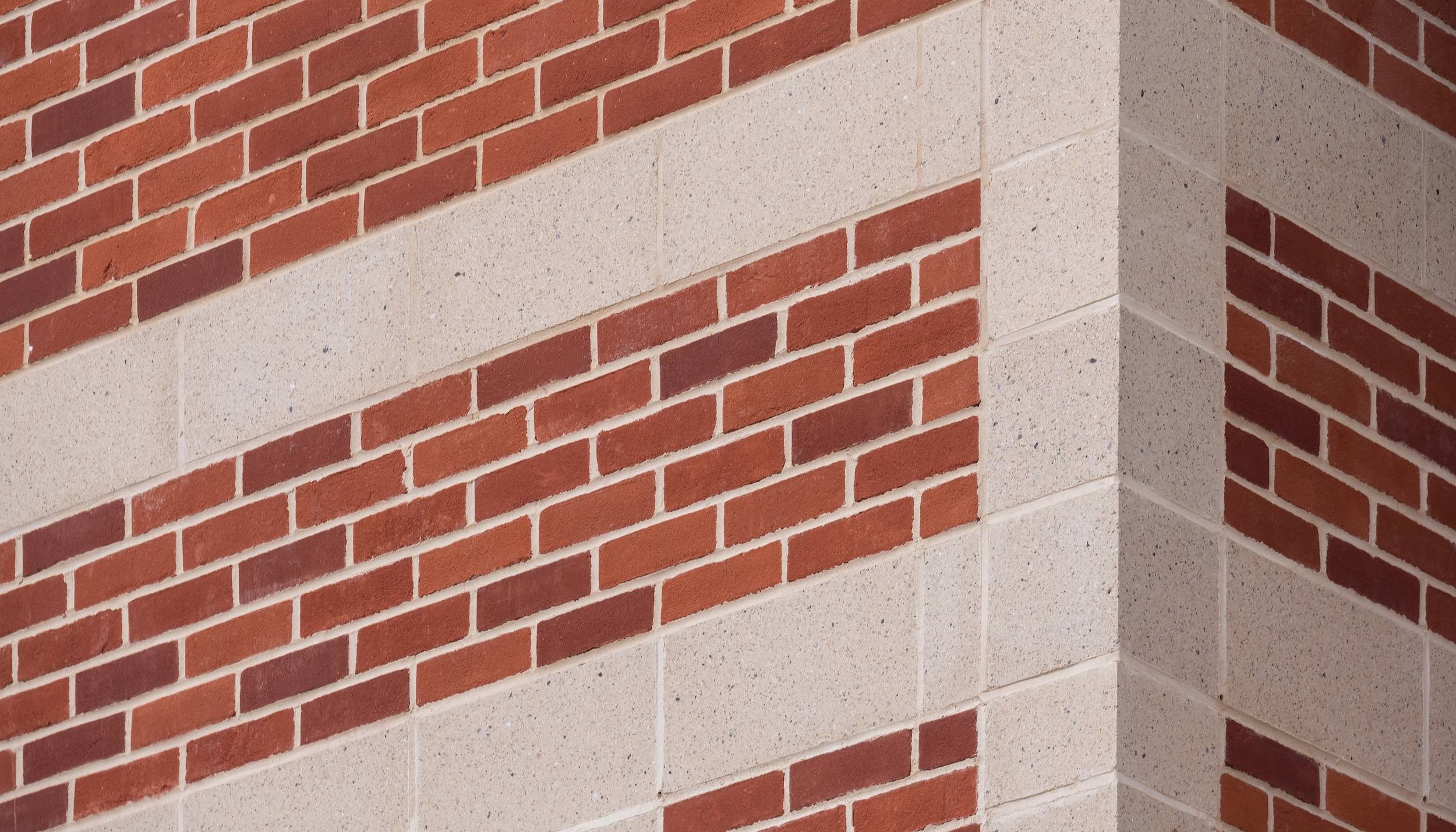
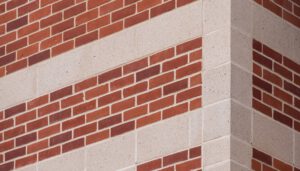
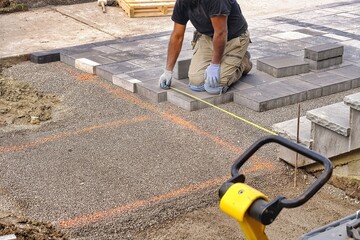
 The cost of driveway paving can vary greatly depending on the type of materials used and the project’s size or size. Generally, asphalt and concrete are the most expensive options, while gravel and pavers are cheaper. However, it is important to consider all of the expenses involved with paving of your driveway to ensure you get the most value for your money.
The cost of driveway paving can vary greatly depending on the type of materials used and the project’s size or size. Generally, asphalt and concrete are the most expensive options, while gravel and pavers are cheaper. However, it is important to consider all of the expenses involved with paving of your driveway to ensure you get the most value for your money.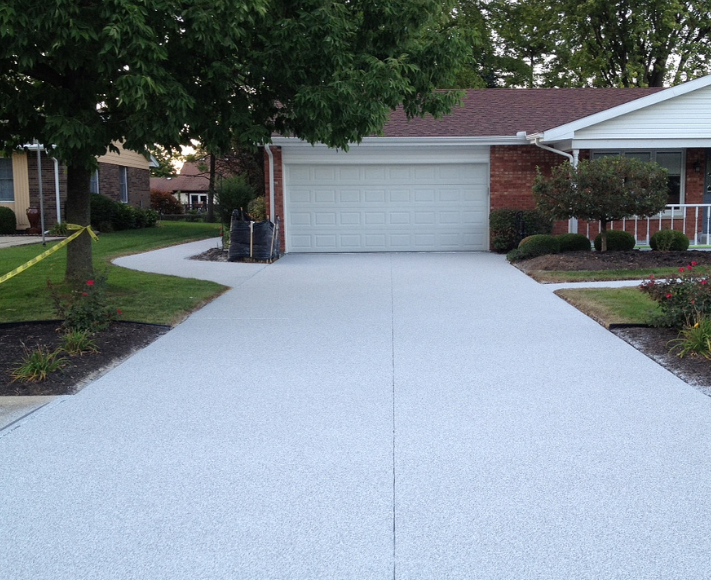
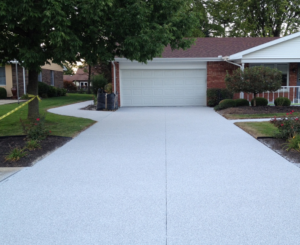

 When designing a boat dock, consider the desired functionality, features and materials to maximize the use of your waterfront property. You’ll also want to consider environmental factors such as the surrounding water and wind conditions.
When designing a boat dock, consider the desired functionality, features and materials to maximize the use of your waterfront property. You’ll also want to consider environmental factors such as the surrounding water and wind conditions.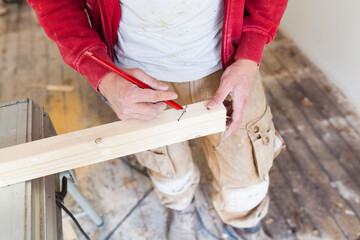
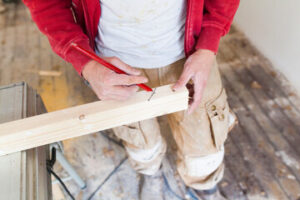
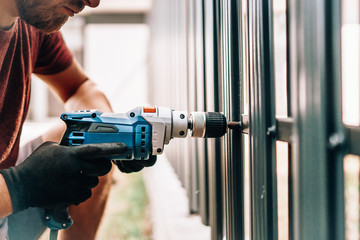
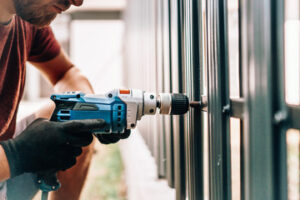 A fence is a great way to add curb appeal and security to your property. It can increase your home’s value by up to $5,000, depending on the type and material of fence you choose. It is also one of the most affordable ways to increase your home’s security. However, it’s important to consider the cost of materials and installation before committing to a fence project.
A fence is a great way to add curb appeal and security to your property. It can increase your home’s value by up to $5,000, depending on the type and material of fence you choose. It is also one of the most affordable ways to increase your home’s security. However, it’s important to consider the cost of materials and installation before committing to a fence project.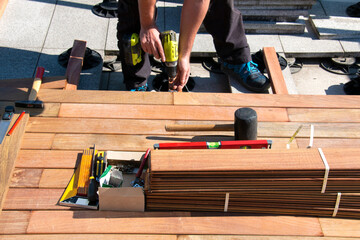
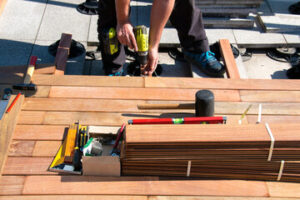 When building your new deck, there are many different options. This allows homeowners to customize their space to suit their tastes and complement the home and surrounding environment. The use of unique lighting, a variety of different seating and accent pieces and a host of other design choices allow the homeowner to truly create their own outdoor oasis that will be enjoyed for years to come with family and friends.
When building your new deck, there are many different options. This allows homeowners to customize their space to suit their tastes and complement the home and surrounding environment. The use of unique lighting, a variety of different seating and accent pieces and a host of other design choices allow the homeowner to truly create their own outdoor oasis that will be enjoyed for years to come with family and friends.